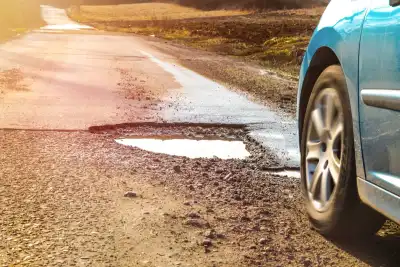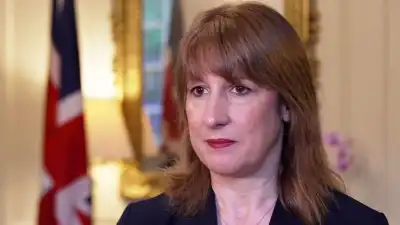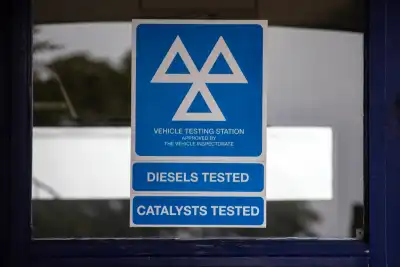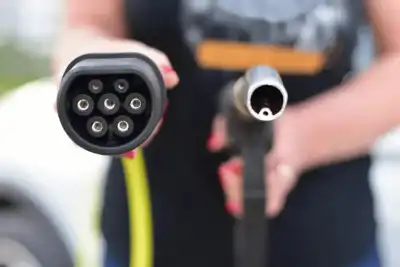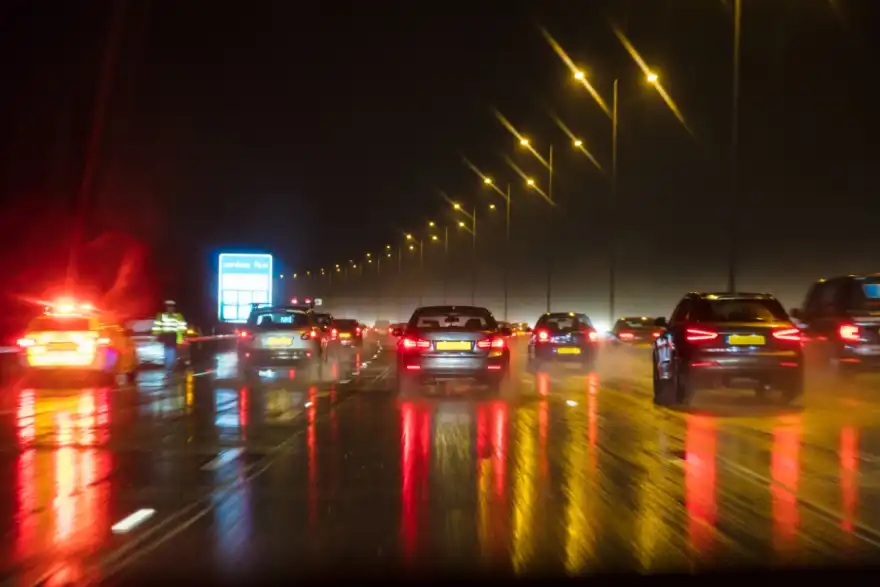
When the clocks go back this Sunday, the evening commute will suddenly take place in the dark - and data shows this change has a noticeable impact on road safety.
According to the AA’s Accident Assist department, collisions between 4pm and 7pm rise by 11% in the three weeks immediately after the autumn clock change, compared to the three weeks before.
Tim Rankin, managing director at AA Accident Assist, says the post-clock change evening rush could easily be called “crash hour”. He explains that darker evenings catch drivers off guard, especially if they haven’t adjusted their habits or checked their vehicles properly.
The AA says a mix of poor weather, reduced visibility and low sun glare as people leave work all contribute to the spike. It advises drivers to leave bigger gaps between vehicles and keep sunglasses in the car to help with low sun.
Tesco Insurance has also seen an increase in evening rush hour claims from 5pm to 7pm immediately after the clocks go back. However, it links this rise to drivers being out of practice when it comes to night-time driving after a bright summer.
In a survey of 3,006 drivers, four in five said they dislike driving in the dark. The most common concerns were being dazzled by headlights (49%), driving on unlit roads (31%) and struggling to see clearly (27%).
Tesco Insurance says the combination of heavier traffic, the rush to get home and sudden darkness creates a “challenging and dangerous environment”. Claims director Dave Thompson adds that the change in light levels is a “shock to the system” for many drivers, leading to more collisions than usual at this time of day.
Crashes during dark evening commutes are more likely to be fatal
An analysis of Department for Transport (DfT) records from 2018 to 2023 shows that collisions in the dark are 80% more likely to result in death than those in daylight.
Angelica Solutions, the analytics firm behind the review, says fatalities more than double on 30mph and 40mph roads after dark. Between 4pm and 9pm - the core evening rush period - collisions are 33% more likely to be fatal in darkness.
James Luckhurst, founder of Project EDWARD (Every Day Without A Road Death), says the findings show how vital it is to increase awareness, reduce speeds and drive with greater caution once the clocks change. He stresses that shared responsibility is key to keeping all road users safe.
Sarah Vaughan, director at Angelica Solutions, says the data clearly shows how dramatically risk increases after dark, even when there are fewer vehicles on the road.
Even insurance costs may rise at night
It’s not only crash risk that increases after dark. Research by consumer group Which?, published in February, found that applying for car insurance at night can result in higher premiums. While the cheapest quotes rose by an average of 20%, one example more than doubled in price.

